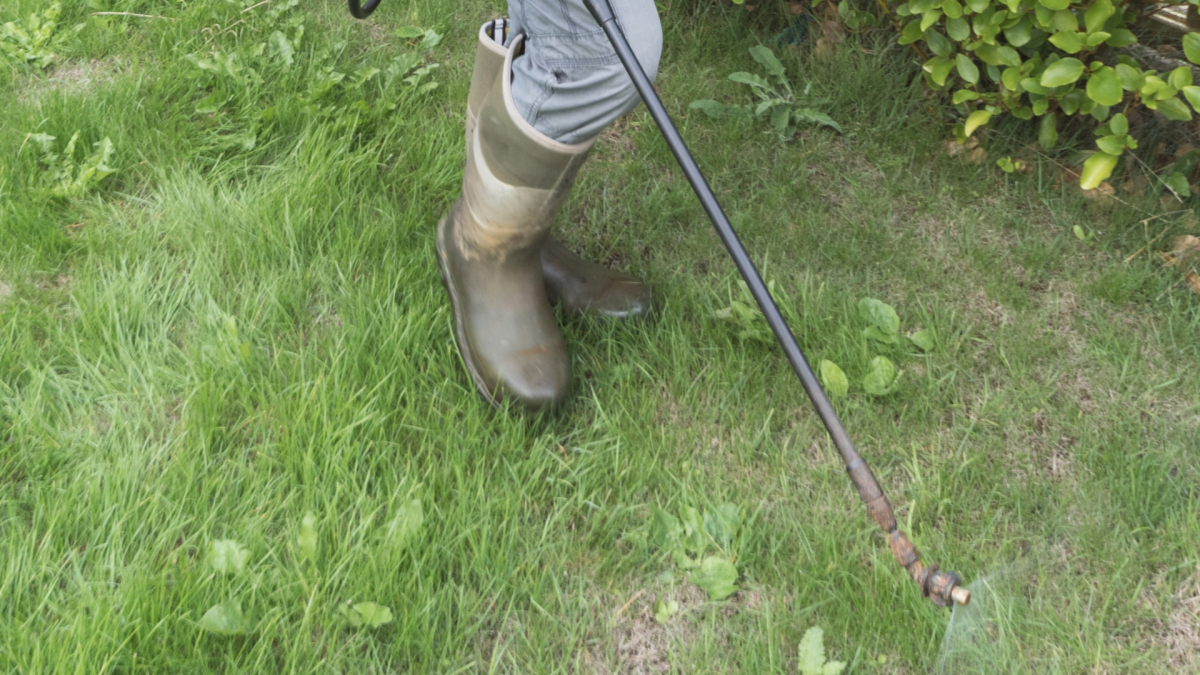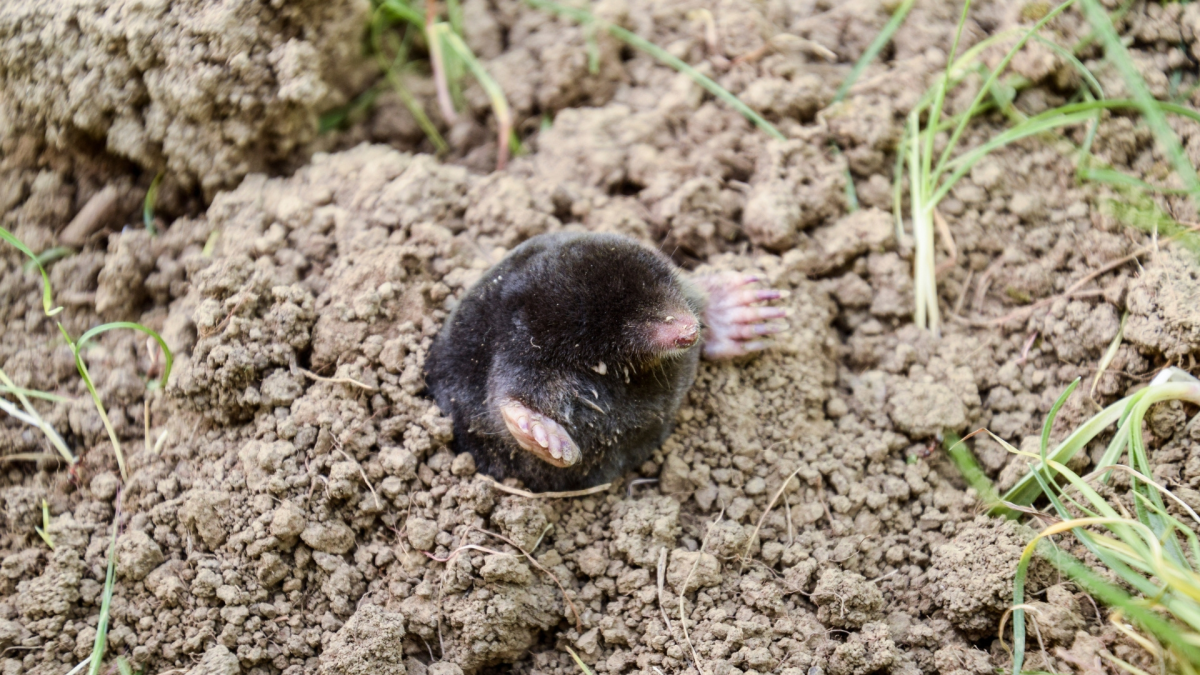November's cooling temperatures trigger predictable pest behavior across Southeast Michigan, with various insects, spiders, and rodents actively seeking shelter in residential structures. Understanding this seasonal migration pattern and the specific pests involved helps homeowners implement preventive measures before infestations establish inside living spaces. The transition period between fall and winter creates the highest risk window, making November the critical month for protective action.
Pests don't simply disappear when temperatures drop. They adapt by moving toward heat sources, protected spaces, and food availability. Residential homes provide all three, making them prime targets for overwintering pests. Once established indoors, these invaders prove far more difficult and expensive to eliminate than preventing their entry initially. For comprehensive information about safe pet-friendly lawn fertilization and seasonal pest challenges, homeowners can access educational resources explaining integrated approaches to property protection.
Common November Pest Threats in Southeast Michigan
Multiple pest species create problems for Livonia, Plymouth, Canton, and surrounding area homeowners during late fall. Each has distinct behaviors, entry methods, and risks requiring specific understanding.
House mice represent the most common and problematic fall invader. These rodents can squeeze through openings as small as a dime, entering through foundation cracks, utility penetrations, and gaps around doors and windows. A single pregnant female can produce multiple litters producing dozens of offspring within months. Mice contaminate food, damage insulation and wiring, and carry diseases transmissible to humans and pets. Their presence becomes evident through droppings, gnaw marks, and scratching sounds within walls.
Boxelder bugs congregate on southern and western home exposures during warm fall days, then migrate indoors through any available opening. While not dangerous or destructive, their numbers can reach overwhelming levels, creating nuisance issues and staining surfaces with excrement. These insects emit unpleasant odors when crushed or disturbed.
Asian lady beetles exhibit similar congregation and migration patterns to boxelder bugs. Despite their beneficial role in gardens consuming aphids, they become problematic when hundreds or thousands cluster inside homes. They bite when handled and secrete yellowish fluid staining walls and fabrics.
Wolf spiders and other hunting spiders follow insect prey indoors during fall. While most species pose no health threat, their presence disturbs many homeowners and indicates insect populations supporting predator activity. Large numbers of spiders suggest underlying insect problems attracting them.
Cluster flies use attics and wall voids for winter hibernation, then emerge into living spaces during warm spells. Their sluggish fall behavior makes them easy to spot, but spring emergence creates more significant nuisance as dozens or hundreds suddenly appear in windows and light fixtures.
Stink bugs increasingly affect Michigan homes after spreading through the region in recent years. These shield-shaped insects release foul odors when threatened or crushed. They seek attics, wall voids, and other protected spaces for winter dormancy, then emerge in spring looking for exit routes, often ending up in living areas instead.
Why Fall Creates Peak Vulnerability
Several factors converge during November making this month particularly critical for pest prevention. Temperature thresholds trigger movement as pests sense approaching winter. Most insects enter diapause, a dormancy state, when temperatures consistently drop below specific levels. They seek protected locations supporting survival through months of cold exposure before this happens.
Day length reduction serves as another migration trigger independent of temperature. Shorter days signal seasonal progression even during warm November periods, prompting pests to seek overwintering sites regardless of current weather.
Food source depletion in outdoor environments pushes pests toward areas offering nutrition. Insects lose plant-based food as vegetation dies back. Rodents face reduced seed, fruit, and insect availability as natural food chains shut down for winter. Homes with accessible pantries, pet food, and food waste become attractive alternatives.
Structural openings become more apparent to both pests and homeowners during fall. Summer vegetation concealing foundation cracks, gaps, and other entry points dies back, revealing vulnerabilities. Simultaneously, pests actively probe structures seeking access routes they ignored during warmer months when outdoor conditions remained comfortable.
Heating system activation creates temperature differentials that attract pests. Warm air escaping through small gaps draws insects and rodents toward heat sources. Foundation areas near furnaces and water heaters become particularly attractive entry zones.
Prevention Strategies Prove More Effective Than Reaction
Addressing pest pressure before invaders establish inside homes requires less effort and expense than elimination after infestation develops. Prevention focuses on exclusion and deterrence rather than active elimination.
Perimeter treatments create chemical barriers around foundation areas where pests attempt entry. Professional-grade products applied to foundation walls, around entry points, and along common access routes repel or eliminate pests before they penetrate structures. These treatments remain effective for months when properly applied, providing protection through the entire pest pressure period.
Physical exclusion complements chemical barriers. Sealing cracks, gaps, and openings eliminates access routes regardless of pest pressure levels. Foundation repairs, weatherstripping installation, door sweep replacement, and utility penetration sealing all contribute to comprehensive exclusion. Even small openings provide pest access, making thorough inspection and sealing important.
Moisture control reduces pest attraction. Many insects and spiders prefer damp environments, making basements, crawl spaces, and areas with poor drainage particularly vulnerable. Addressing moisture problems through improved ventilation, dehumidification, and drainage correction makes structures less attractive while preventing other problems like mold and wood rot.
Sanitation removes food sources attracting pests. Proper food storage in sealed containers, prompt cleanup of spills and crumbs, regular trash removal, and pet food management all reduce available nutrition supporting pest populations. Outdoor sanitation including leaf removal, wood pile management, and debris elimination reduces pest populations near structures.
Professional Application Ensures Effective Protection
While homeowners can implement some preventive measures independently, professional perimeter treatments provide protection levels difficult to achieve with consumer products. Professional-grade formulations offer longer residual effectiveness, better coverage, and targeted pest spectrum compared to retail products.
Application technique significantly affects treatment effectiveness. Professionals understand where pests typically attempt entry, how to achieve proper coverage of critical areas, and what product concentrations work for specific pest types. They identify vulnerable points homeowners often overlook and ensure complete perimeter protection rather than spot treatment.
Safety protocols matter particularly for households with children and pets. Professional applicators understand proper mixing ratios, application methods minimizing exposure risk, and appropriate re-entry times for treated areas. They use products with proven safety profiles when properly applied and provide clear guidance about precautions during and after treatment.
Timing optimization ensures treatments protect throughout the peak pressure period. Professionals familiar with regional pest patterns know when specific species become active and when treatments provide maximum effectiveness. Early season application prevents establishment rather than addressing existing problems.
Independent Lawn Service and similar providers with established local presence understand Southeast Michigan's specific pest challenges and effective response strategies. Regional experience informs treatment protocols accounting for common pest species, typical weather patterns, and structural characteristics of area homes.
Integrated Approach Addresses Multiple Pest Pathways
Comprehensive pest management combines multiple strategies working synergistically. Perimeter pest control forms one component of broader property protection including lawn health maintenance, moisture management, and structural integrity preservation.
Healthy lawns with proper fertilization and weed control reduce pest harborage areas near foundations. Dense turf outcompetes weeds that provide cover for rodents and insects. Regular maintenance eliminates thatch buildup and debris accumulation creating pest habitat.
Specific pest challenges like moles require targeted approaches beyond general perimeter treatment. Understanding which control methods suit particular situations helps property owners address multiple concerns through coordinated service rather than isolated treatments.
Taking Preventive Action During Critical Window
November represents the final opportunity for Southeast Michigan homeowners to implement preventive pest control before winter fully arrives. Once pests establish inside structures, elimination becomes significantly more challenging and expensive than prevention. Understanding seasonal pest behavior and effective barrier strategies helps property owners protect homes from unwanted invaders.
Independent Lawn Service provides perimeter pest control services throughout Plymouth, Canton, Livonia, Novi, and Northville, helping homeowners create protective barriers before pest pressure peaks. Information about seasonal pest challenges and prevention strategies is available by calling 734-600-9161. The narrow window between active pest migration and structure lockdown for winter makes November action important for households wanting to avoid indoor pest problems during coming months.




